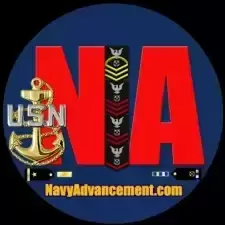U.S. NAVY COVID-19 STANDARDIZED OPERATIONAL GUIDANCE 7.0
-
👉 Latest News
-
Lawmakers back White House FY26 plans for more troops, 3.8% pay hike
By Tony, in Enlisted Pay, Benefits & Allowance Forum | Navy
- 0 replies
- 380 views
-
- 0 replies
- 298 views
-
FY-26 Active-Duty Navy & Navy Reserve Senior Enlisted Advancement Selection/Marketplace Screen Boards Precept
By Tony, in Chief Selection Board Forum | Results, Preparation, Records
- 0 replies
- 754 views
-
Order Convening FY- 26 Advancement Selection/Marketplace Screen Boards to Consider E-6 for Advancement to Chief
By Tony, in Chief Selection Board Forum | Results, Preparation, Records
- 0 replies
- 935 views
-
- 0 replies
- 1,045 views
-

Recommended Posts
Join the conversation
You can post now and register later. If you have an account, sign in now to post with your account.
Note: Your post will require moderator approval before it will be visible.